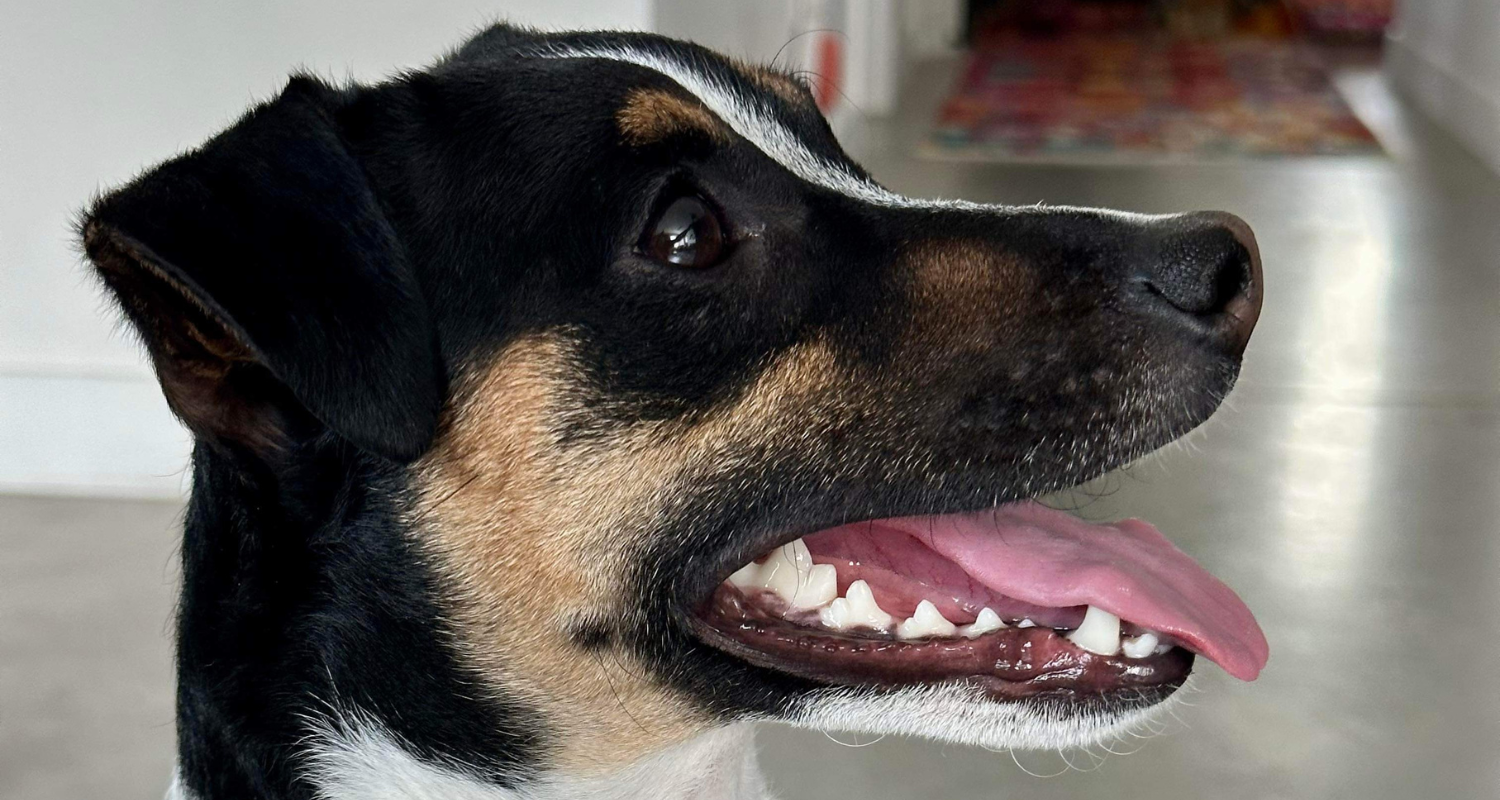
Why clean my dog or cat's teeth?
Do you know the serious risks associated with poor dental health for your pet? The problems caused can be serious and go far beyond yellowing teeth and bad breath.
Fortunately, there are many precautions you can do and several dental products you can use with your cats and dogs. It is within your power to prevent and combat oral problems and avoid complications.
Here's what you need to remember so your best friend can take a bite out of life!
Poor dental health in dogs and cats
A widespread problem, denounced by veterinarians
According to the Canadian Veterinary Medical Association/span>, oral illness in dogs and cats is the second most diagnosed problem, after diet and weight issues.
An alarming 80% of dogs and 70% of cats suffer from it at an early age and show signs of oral disease affecting teeth and gums.
Yet this scourge is preventable by simply adopting a preventive approach including a routine of caring for and cleaning your pet's teeth.
My pet has bad breath. Is this normal? Is it serious?
That your dog or cat has dog breath should not be considered normal, even in an older pet. This is a common occurrence but is nonetheless the first identifiable sign of an oral health disorder.
Dog and cat halitosis (the scientific name for bad breath) is often a symptom of infection, as it occurs when bad bacteria overgrow in the animal's mouth.
Early signs of poor dental hygiene in dogs and cats
In addition to the onset of bad breath, there is also the early onset of dull teeth due to the formation of dental plaque and tartar, which are difficult to dislodge.
As in humans, food residue and certain harmful oral bacteria form plaque in dogs and cats. The hardening of plaque by calcium deposits forms tartar.


Serious consequences on overall health due to chronic dental problems
The presence of plaque and tartar can cause an infection that first manifests itself in the animal's mouth. The main complications are :
- Redness, swelling and tenderness of the gums (gingivitis)
- Teeth that move and are painful, even falling out
- deterioration of the jawbone, which can even lead to a fracture.
But it doesn't stop there, the infectious bacteria canspread through the bloodstream and damage vital organs in dogs and cats. If left uncorrected, it can lead to very serious health problems:
- serious problems
- in the heart,
- to the liver,
- to the kidneys,
- etc.
- a decrease in life expectancy.
How do I know if my dog or cat is suffering from oral problems?

Dogs and cats do not always obviously demonstrate that they are experiencing pain. Be on the lookout for signs of significant discomfort that can be attributed to poor oral health:
- a tendency to rub its mouth with its paws
- a decrease in appetite
- weight loss.
What can I do to ensure good oral health for my dog or cat?
Taking care of your companion's oral health helps them live a healthier life longer! There are many preventative and dental products for dogs and cats that can be used at home:
- Choose dry food and treats, preferably dental variety
- Avoid giving him sweets and table scraps
- Offer chew toys that help clean teeth
- Use food additives such as dental powder (an alternative to brushing, easier and without stress)
- Brush your dog or cat's teeth regularly
- Check your pet's mouth frequently.
Can I avoid a scaling at the vet?
A too much buildup of plaque and tartar may require scaling at your veterinarian and, sometimes, the extraction of overly impacted teeth. This is an invasive and expensive procedure that requires general anesthesia, with some risks.
Don’t wait to act, good hygiene habits and regular use of dog and cat anti-tartar products could reverse the problem, if it is still in a mild or moderate stage. It is well known that prevention is better than cure.
What food promotes better oral health in dogs and cats?
The starch, a form of sugar found in significant amounts in dog and cat food, feeds the bad bacteria in your pet's mouth and favors their multiplication. Pets that eat it tend to have more tartar and oral problems.
Even if your dog eats raw food, he may develop dental problems such as bad breath, tartar and plaque. In the absence of starch, there is less proliferation of bacteria, but it's important to know that they are naturally present in your pet's mouth, regardless of what he eats.
Oral health for dogs and cats is paramount!
Dental disease can have a huge impact on your pet's quality of life and can even shorten their life expectancy.
Don't wait for the situation to deteriorate. Adopt healthy oral hygiene habits for the betterment of your companion today.
If your dog or cat is showing symptoms of concern or if you have any doubts about your pet's oral health, consult your veterinarian.
SOURCES:
Could your pet have a disease | PetsPlusUS.com
Mois de la santé dentaire | AMVQ.quebec

